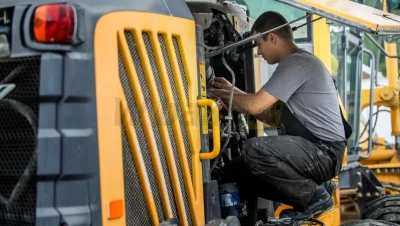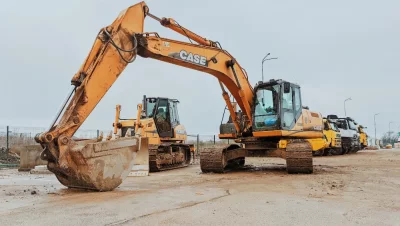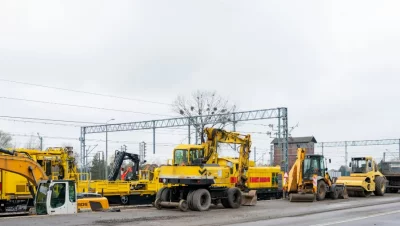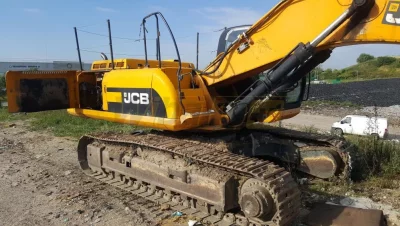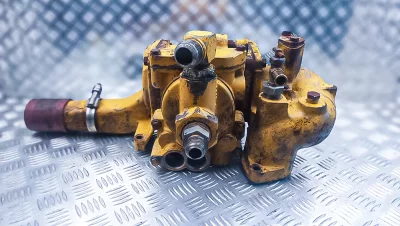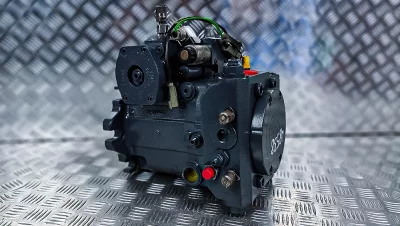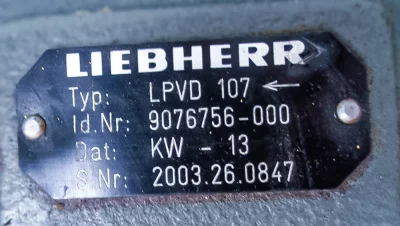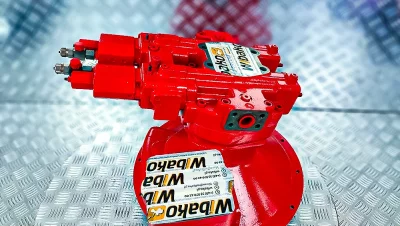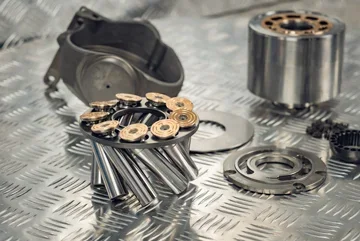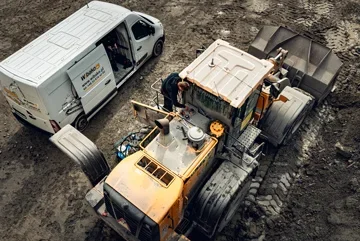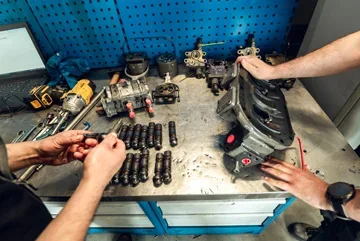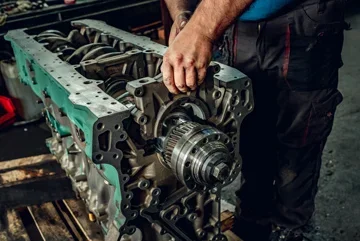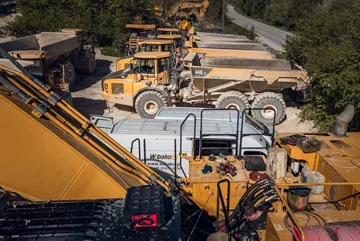Construction and user recommendations
The development of construction machinery is continuous and this is also reflected in the level of advancement of electrical systems. These are systems that are often trivialized, but are fundamental for health and safety and work comfort.
The approach to the operation of the electrical installation should be the same as to the operation of any other system in the machine - fully professionally through care and cyclical checking of the condition of individual components. The key role here is played by the operator, who must ensure that individual elements are free from contamination and damage.
He should have basic knowledge about the construction and operation of the electrical system in the machine, as well as its individual elements.
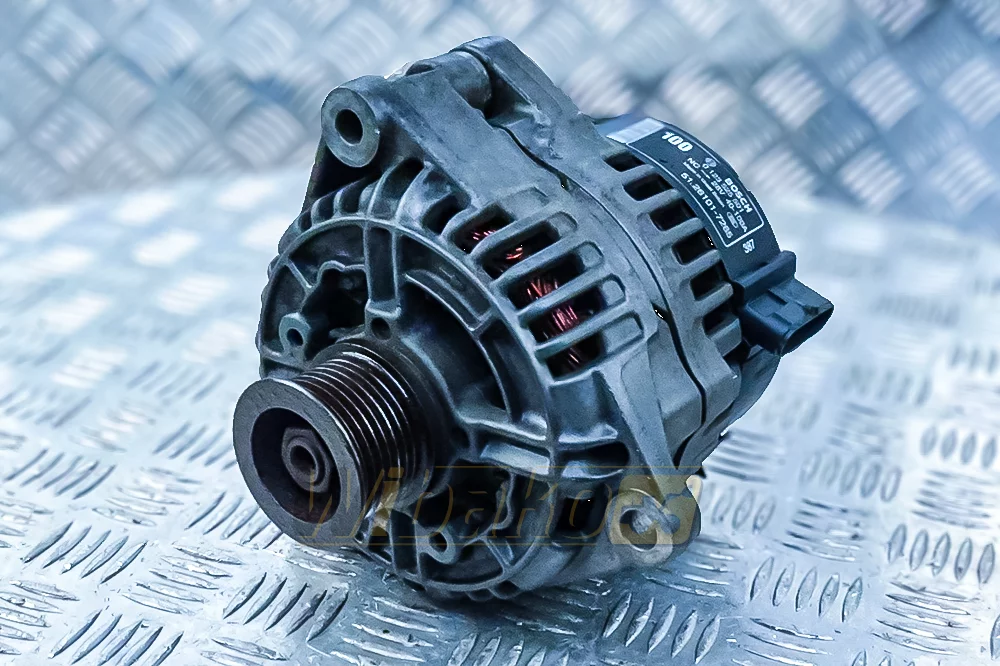
The electrical installation of a construction machine includes:
- Alternator - a simple element in construction and operation, but extremely important. It is characterized by high durability and relatively low weight. Its task is to convert alternating current into direct current and therefore it is often referred to as an "alternating current generator". It is responsible for continuous battery charging, which is important because even at low engine speeds, a constant current supply is ensured. The basic elements of its construction include: a stator, which is a stationary frame with three windings (often hand-wound due to its critical properties) and a moving rotor - an electromagnet powered by brushes and slip rings. It is in the rotor that the magnetic field is created.
Among the main principles of alternator operation, such activities as, for example, prohibition of starting the engine if the main current cable is disconnected from the alternator and the need to pay special attention to the polarity of the cables when connecting them to the battery should be indicated.
It is also obligatory to remember that the drive belt of the alternator should be properly tensioned.
If the voltage measurement on the battery terminals with the engine running does not fall within the range of 27.4 - 28.8 V, it is likely to indicate a fault in the alternator. A voltage meter is used for measurements. Among the potential causes of damage, internal short circuits of the stator winding can be indicated, as a result of which the battery will not be charged. In addition, the problem often concerns dirty slip rings, worn brushes and worn bearings.
Drops in power of electronic devices, poor performance of headlights or excessive noise - these are all signals that may be caused by a damaged alternating current generator.
Usually, the problem with the alternator is indicated by a lit battery warning light on the dashboard, which indicates a charging problem. A voltage regulator is used as a sensor, thanks to which the battery voltage is monitored.
Together with the battery, it creates a power supply circuit.
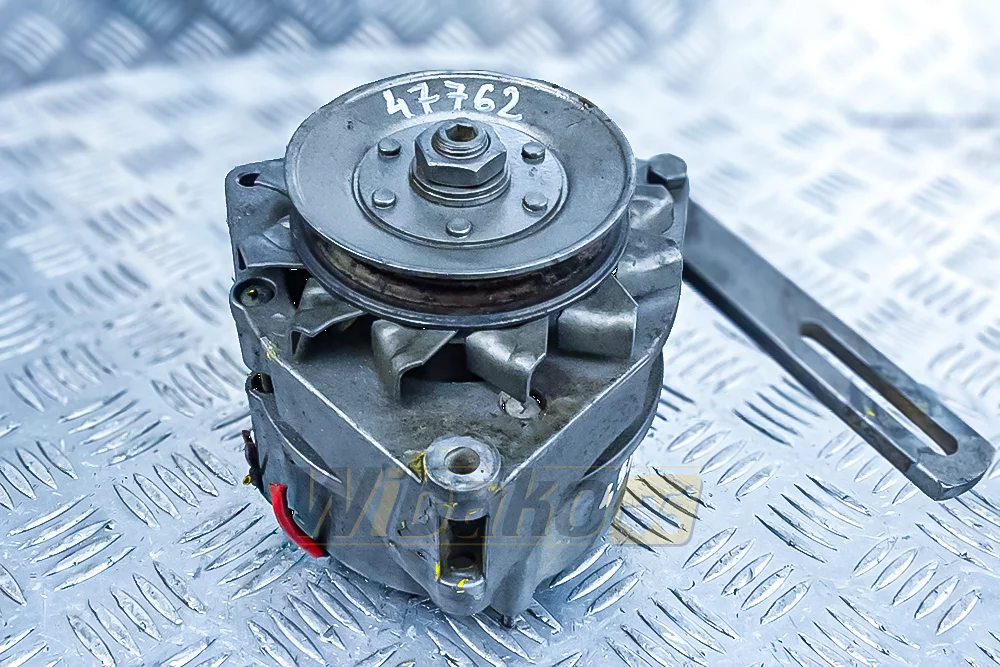
- Battery - is a tank used for storing energy. Its operation and maintenance require compliance with basic health and safety rules, such as the need to wear appropriate protective gloves and glasses during work or the use of a special brush for cleaning terminals and clamps, which prevents sparking and minimizes the possibility of explosion. During charging (only with direct current), it should be remembered to perform this activity correctly in a ventilated room. During this time, the voltage and current values should be checked regularly.
The battery must be firmly attached to the machine frame (preferably on a rubber pad to absorb shocks), and the clamps should be tightened. Good practice is to regularly check the level of electrolyte (which is an aqueous solution of sulfuric acid) and of course if there is too little of it, the level should be topped up - very importantly, usually distilled/demineralized water is added, but before starting to top up, you should read the manufacturer's instructions, which will contain information about the type of substance that should be used to fill in the gaps. All safety procedures must be observed, as the electrolyte is a corrosive substance and can cause burns to the skin and respiratory tract.
Two devices are used to check the level of charge: a voltmeter with a load resistance and an areometer. Additionally, the battery usually has a built-in indicator of the charge level - green color indicates a correct state, while a transparent color is a signal to replace the component.
It is also worth remembering that the battery undergoes a self-discharge process, which involves the loss of accumulated electric charge. This process progresses with the passage of time of operation, and its cause is contaminants that have entered the electrolyte.
During operation, remember not to confuse the terminals (+ and -). When purchasing a battery for a construction machine, it should be taken into account that these are usually large vehicles exposed to heavy working conditions. Therefore, it is necessary to choose capacious batteries, with a strong construction and long life, adapted to a specific vehicle.
- Starter - its task is to quickly and efficiently start the internal combustion engine by setting the flywheel to the appropriate rotational speed.
A good practice is to cyclically check (every 1000 hours) the condition of the starter by assessing the condition of the brushes, as well as clamps and wires.
Among the most common faults, a damaged rotor, worn brushes or worn bearings can be mentioned.
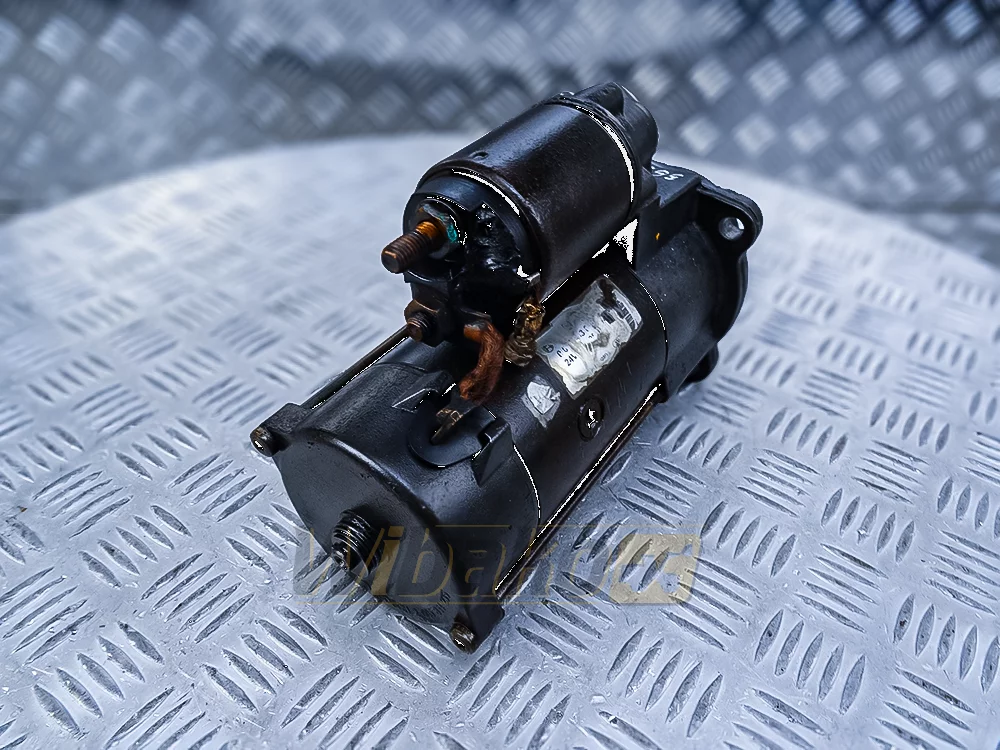
- Fuses - basic protective devices - their task is to protect circuits from the consequences of short circuits and overloads, thanks to which the entire device, its elements and the user himself are protected. It is obligatory to use fuses of the appropriate amperage. If a fuse blows, it should be replaced.
- Other elements of the installation: The electrical installation also includes lighting, which must be in working order. Neglect in this matter directly endangers the life and safety of the operator and third parties in the vicinity of the machine, so the control should be carried out regularly. Additionally, before each trip on a public road, the operation of turn signals should be checked. There are several indicators on the display in the cabin, the correct operation of which is fundamental. Among the most important ones, temperature indicators of the cooling liquid, level of fuel and charging indicators should be mentioned. The condition of the wires should also be checked regularly - abrasions or mechanical damage are unacceptable.




